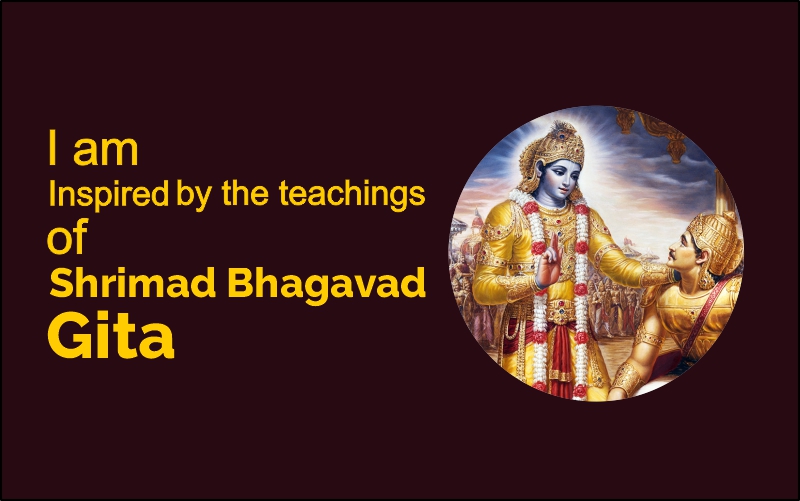
I am inspired by the teachings of Shrimad Bhagavad-Gita
One of the key teachings of the Bhagavad Gita is the importance of disattachment, or non-attachment, in the spiritual path. The Gita teaches that attachment to material possessions and worldly pleasures is a source of suffering and that true happiness and fulfillment can only be found through detachment from the material world.
According to the Gita, the root of all suffering is the ego, which is characterized by a sense of separation and a desire to accumulate and possess. The ego is constantly seeking pleasure and avoiding pain, and it is this constant craving and aversion that leads to suffering. By practicing detachment and letting go of our attachment to the ego and its desires, we can find true peace and contentment.

The Gita advises that the best way to cultivate detachment is through the practice of yoga, which helps to purify the mind and bring it into a state of balance and clarity. Through the practice of yoga, we can learn to let go of our attachment to the material world and the ego, and instead cultivate a sense of unity and oneness with all of existence.
These are just a few of the key teachings of the Gita. There are many more, and the text is rich and complex, with many layers of meaning.
